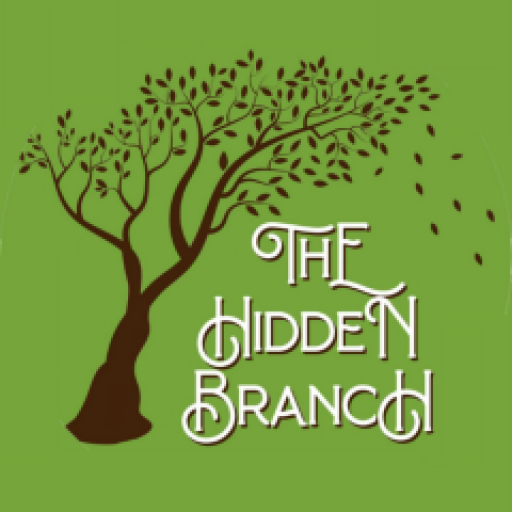Our Tuesday Tips this week is a spot of advice when you’re contacting your DNA matches.
Check when the relative was last online.
You can do this on Ancestry by going to your DNA homepage and clicking on the match you’re interested in. This will take you to your shared DNA page, and you should be able to click on their name near the top of the page. This will take you to their account profile, and under their profile photo it will tell you when they joined and when they last signed in. If they last signed in recently, you have more chance of getting a response as it will appear they’re an active user. If they made their account 3 years ago and that was when they last logged in, chances are they might not reply.
You can also gauge how active a match is on MyHeritage by hovering over their name from your DNA match list and clicking on their website name next to a small pink icon of Earth. If they have this enabled, this will take you to an activity page where you can see the latest activity with their website.
LivingDNA also tells you how active a user your match is by showing a gold/silver/bronze trophy.
Search for the relative across different databases.
I primarily use Ancestry for my research, but after uploading my DNA to different databases, I discovered that some of my relatives have also uploaded their DNA elsewhere. If you have messaged a match on Ancestry and haven’t received a response, have a look for them on MyHeritage. GEDmatch and FamilyTreeDNA provide your matches’ email addresses so you can contact them directly.
Offer them your email address in your first message.
Some of the inbuilt messaging systems on genealogy websites can be a bit unreliable. Messages may show as read when they haven’t been, or the recipient may not receive an email to notify them they’ve had a new message. Therefore I think it helps to switch to email as soon as possible, and this way if you have photos to share, you can do so much more easily.
By providing them with your email address, it also shows a willingness to share information, and makes it seem less like you’re prying for information from them.
Create an email specifically for genealogy.
When I began contacting relatives, I decided to make an email specifically for genealogy because it meant I could compartmentalise that part of my life. Plus if one of my matches turned out to be on the weird side, at least I could block them on that email and they didn’t have a way to contact me through to my personal, everyday email.
Use concise language.
This one’s always a hard one for me as I want to tell my match everything about my tree straight away!
However, not everyone will be as eager as you to share information. Not everyone has the same amount of time to spend reading messages, they could just answer the first question they notice. Your match may not be able to concentrate or remember to reply to every detail in a long message. The language you use to contact them might not be one they speak well.
Therefore, in your first message, try to be as To The Point as you can be. If you have multiple questions, choose the most important point to raise initially. Then if their message in return is longer and more substantial, you can begin to pad out your emails with all those details you want to share.
Social media or the phone book.
Social media can be a great asset in building more recent generations in your tree. On Facebook, people can have their privacy settings quite lax revealing their friends list, their life events, or places they’ve lived or visited to anyone who views their profile, which can all inform your research. However, I would suggesting only contacting a DNA match through social media or the phone book as a last resort. It might feel quite invasive for your match to know that you found them on a different website then actively sought out their personal Facebook/Twitter/Instagram.
I have found some relatives phone numbers through the phone book by knowing their full name and the area they live, but I’ve never reached out to them this way. I think this would be more appropriate if you’re contacting a fairly close match. For example, if a match appeared as an unknown sibling/parent/grandparent etc.
Finally, remember to always be polite. Just because you’re relatives, doesn’t mean they owe you information. I know this can be frustrating because as genealogists or family historians, we’re trying to document the facts, but allow people their privacy and space if they don’t want to connect.
Have you had any experiences contacting DNA matches? Let us know in the comments!
